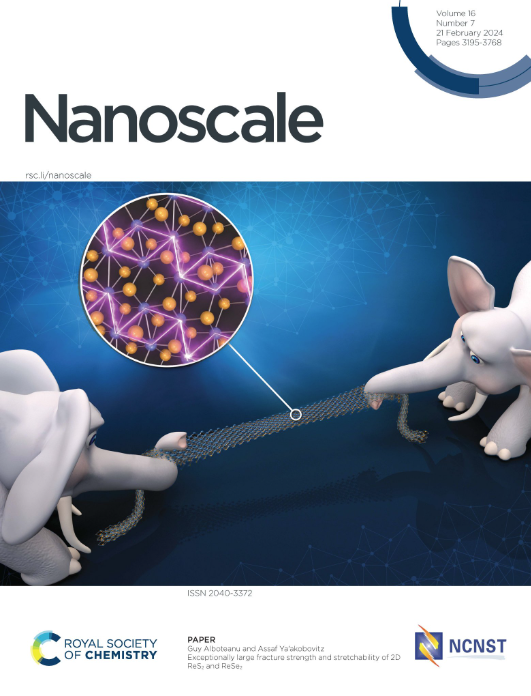Uncovering the Electrocatalytic Potential of Two-Dimensional Pt-Ni Bimetallic Aerogels
IF 5.8
3区 材料科学
Q1 CHEMISTRY, MULTIDISCIPLINARY
引用次数: 0
Abstract
Metal aerogels have established themselves as promising materials for various applications across diverse fields, from sensing to soft neural implants. Since they emerged as a distinct class of materials in 2009, catalysis has been one of their most common application areas. However, even after a decade of research on metal aerogels for catalytic purposes, there remains room for improvement. The rising costs associated with production, driven by expensive drying techniques and costly metal precursors, have motivated the scientific community to explore alternative approaches and materials. This work investigates a film-like 2D Pt-Ni aerogel as a potential alternative for methanol oxidation reaction (MOR). This aerogel was fabricated using a recently reported phase-boundary gelation, which requires a low quantity of metal precursors and avoids the need for special drying techniques. Comparative studies of the 2D and 3D aerogels confirm their structural integrity and the characteristic high porosity. The 2D Pt-Ni aerogel demonstrates a reproducibly high electrochemically active surface area of approximately 50.6 m2 g-1 and an excellent mass activity for MOR of around 1.8 A mg-1, - surpassing both the 3D Pt-Ni aerogel and commercial Pt/C.求助全文
约1分钟内获得全文
求助全文
来源期刊

Nanoscale
CHEMISTRY, MULTIDISCIPLINARY-NANOSCIENCE & NANOTECHNOLOGY
CiteScore
12.10
自引率
3.00%
发文量
1628
审稿时长
1.6 months
期刊介绍:
Nanoscale is a high-impact international journal, publishing high-quality research across nanoscience and nanotechnology. Nanoscale publishes a full mix of research articles on experimental and theoretical work, including reviews, communications, and full papers.Highly interdisciplinary, this journal appeals to scientists, researchers and professionals interested in nanoscience and nanotechnology, quantum materials and quantum technology, including the areas of physics, chemistry, biology, medicine, materials, energy/environment, information technology, detection science, healthcare and drug discovery, and electronics.
 求助内容:
求助内容: 应助结果提醒方式:
应助结果提醒方式:


